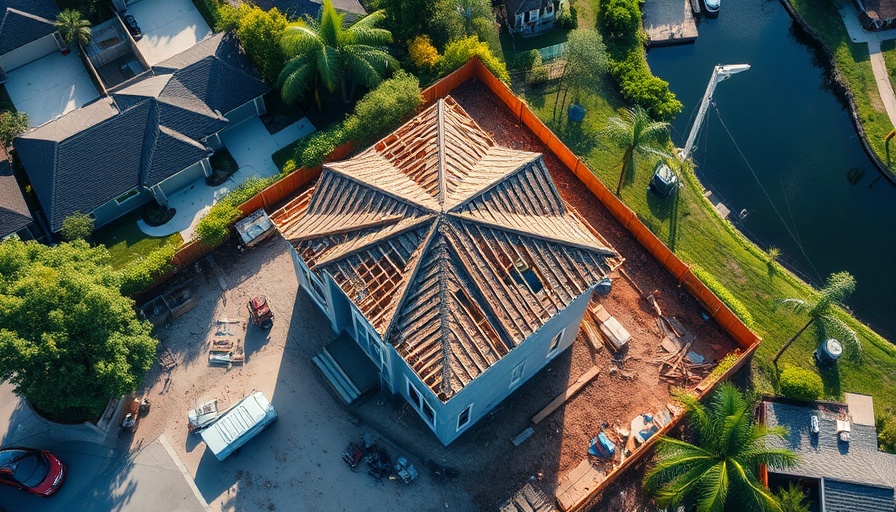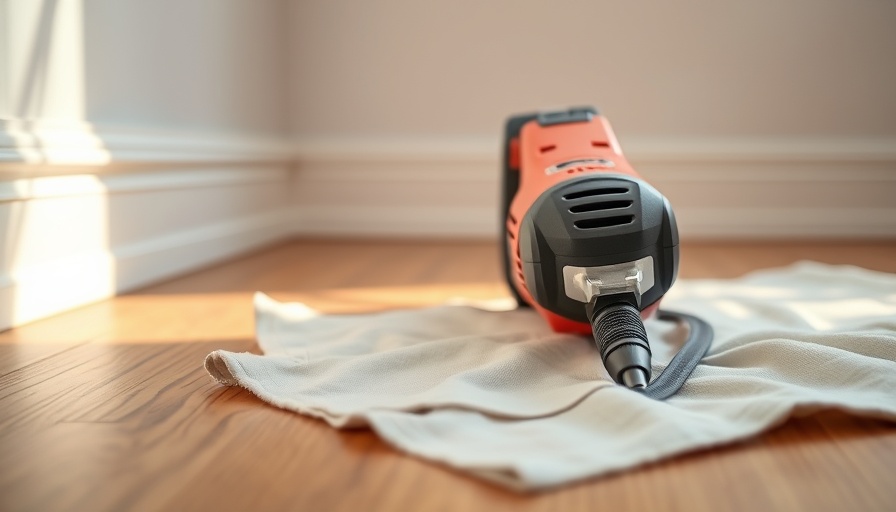
The Importance of Rainscreen Siding
Rainscreen siding has emerged as a crucial component in contemporary home construction, particularly in regions facing heavy rains and fluctuating weather patterns. This innovative system not only enhances aesthetic appeal but also significantly improves the performance of traditional siding methods. Rainscreen siding creates a ventilated space between the exterior cladding and the water-resistant barrier underneath, enabling moisture to escape, thus preventing mold and rot.
How Rainscreen Siding Works
At its core, the rainscreen system functions by directing water away from the walls while allowing for airflow. This process minimizes the risk of water intrusion, resulting in longer-lasting siding and improved indoor air quality. Homeowners should appreciate how the rainscreen design contributes to lasting home durability, especially as extreme weather conditions become increasingly common.
Benefits for Homeowners and Contractors
For homeowners, using rainscreen siding provides multiple benefits. Not only does it protect the home from water damage, but it can also improve energy efficiency by creating insulation value. Contractors, on the other hand, can showcase their expertise through proper installation and material selection, enhancing their reputation and the value of their services.
Choosing the Right Materials
When it comes to creating an effective rainscreen system, selecting the right materials is essential. Common materials used in rainscreen siding include wood, metal, fiber cement, and vinyl. Each material comes with its own set of pros and cons. For instance, wood is aesthetically pleasing but may require more maintenance, whereas metal offers durability but may not provide as much insulation. Understanding the specific needs of a project can guide homeowners and contractors to optimize their choice.
Installation Best Practices
Proper installation is critical in ensuring the effectiveness of a rainscreen system. Key best practices include ensuring that the water-resistant barrier is correctly installed behind the siding, utilizing drainage planes, and allowing for ventilation behind the siding panels. Hiring experienced contractors or ensuring DIY enthusiasts have enough resources can prevent future issues related to moisture intrusion.
Future Trends in Rainscreen Technology
As trends in eco-friendliness and sustainability dominate home design, the demand for innovative siding solutions continues to grow. Expect to see advances in materials that offer enhanced durability and insulation, as well as designs that improve aesthetic appeal while incorporating greener practices in construction. Homeowners looking to invest in their homes can consider these advancements when planning renovations.
Common Misconceptions About Rainscreen Siding
Despite their benefits, many homeowners still harbor misconceptions about rainscreen siding, such as it being too complex or expensive. However, with the right contractor and proper planning, the long-term savings due to reduced maintenance and increased durability often offset initial costs. Educating oneself about these systems can empower homeowners to make informed decisions about protecting their investments.
Actionable Insights to Embrace Rainscreen Siding
For both homeowners and contractors, embracing rainscreen technology opens up pathways for innovation in design and construction. Homeowners can discuss rainscreen options during renovation planning, while contractors can pursue training or certifications in rainscreen installation. By staying informed and proactive, all parties can secure the benefits of this advanced siding technology.
In conclusion, the importance of choosing the right siding cannot be overstated. By understanding the benefits of rainscreen systems, homeowners can make informed choices that enhance their living spaces while protecting their investments. Whether you're a homeowner or a contractor, familiarizing yourself with rainscreen technology paves the way for successful home renovation projects.
 Add Row
Add Row  Add
Add 




Write A Comment